 "Andy Sheehan, StreetsideStig" (AndySheehan-StreetsideStig)
"Andy Sheehan, StreetsideStig" (AndySheehan-StreetsideStig)
11/01/2016 at 11:45 • Filed to: None
 6
6
 20
20
 "Andy Sheehan, StreetsideStig" (AndySheehan-StreetsideStig)
"Andy Sheehan, StreetsideStig" (AndySheehan-StreetsideStig)
11/01/2016 at 11:45 • Filed to: None |  6 6
|  20 20 |
Please ignore all the salesy stuff. I wrote this for work, but I found the info interesting.

In our bottomless search for automotive embetterment, we’ve discovered an interesting debate. Well, interesting to us. Not to boring people who don’t like cars. It boils down to this: Are yellow fog lights better in poor weather? Here in America, we’re about to experience a whole season or two of poor weather (if this stupid summer ever decides to die), so we thought we’d take a closer look at this optical sorcery.
There are perhaps two main reasons people prefer yellow fog lights to the standard clear. The first is that they’re a nice homage to endurance racing, which requires cars of certain classes to have yellow headlights, differentiating them from faster cars. So, yellow lights because racecar.
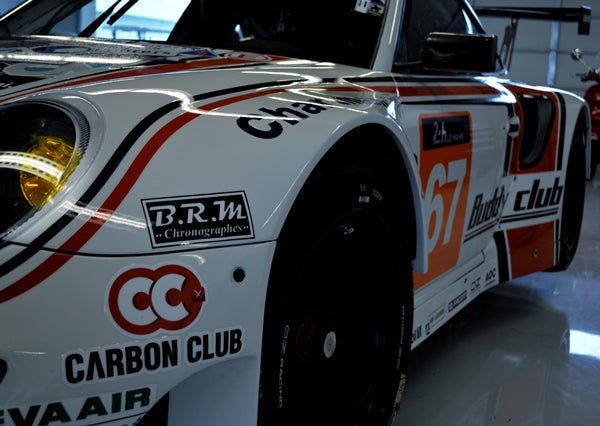
But more often, people tend to like yellow fogs because they report clearer vision with them in foggy, rainy, or snowy weather. Some say they have a greater range, or penetrate fog better, while many seem to enjoy sharper contrast at night and more focus. Forum doctorate holders have many theories as to why this is. “It’s yellow like the sun” doesn’t really cut it, though, so we dug a bit deeper. It lead us to
!!!error: Indecipherable SUB-paragraph formatting!!!
by Daniel Stern, probably not the same one from Home Alone and The Wonder Years, and no he’s probably never heard that one before.
Mr. Stern scientifically delves into the why of this strange phenomenon, and we suggest that you read the whole article. But we’ll break it down for you a bit.
Visible light, as we know, is made up of an entire spectrum of colors. Shoot it through a prism and you can see these colors separated. But not all of these colors are processed the same way by the human eye. Blue, indigo, and violet light have extremely short wavelengths, making them difficult for our eyes to process. There’s even a whole range of light beyond violet, called ultraviolet, that we can’t see at all. Bluish light focuses almost in front of our eyes, so when we see things reflected in blue light, it’s fuzzy. It creates a reaction we call glare. Light something blue and try to focus on it, and you’ll only see a blurred aura around it. Blue light has been determined to be 46% more glaring than yellow.

Now filter that blue light out of the spectrum. The glare produced by white light is drastically reduced, allowing us better definition of the objects we’re seeing. But the result is a yellowish tinge to everything. This yellow light is easy for our eyes to process. Longer wavelengths are right at home in our retinas. Many pilots and professional target shooters wear yellow tinted glasses to reduce glare and improve definition.
This could also explain another phenomenon. Yellow fog light drivers tend to feel their lighting experiences are less “stressful,” especially in snowy areas. This makes sense. Blue light against white snow will be extremely glaring, with a bright reflection fired into your eyes. This isn’t just for standing snow on either side of the road. Falling snow, rain, and fog are even worse, since they’re right in front of you. For an hours-long trip, that can be tiring, and since we need our headlights more during the dark winter months, it can add up.
Hollywood understands this perfectly. Since the early days of color film, the most coveted times of day to shoot scenes outside have been dusk and dawn, what the industry calls “magic hour.” During these times, due to its angle, sunlight has to pass through more layers of the atmosphere, producing a yellowish light, which is easier on the eyes and creates superior definition.

However, there is a downside. Or rather, there was. Passing a beam of light through any filter will reduce its intensity. Light still comes through your Venician blinds, even when they’re closed, but it’s less light. Yellow filters on fog lights can reduce intensity by around 12%. And though most of us can’t even register a drop in intensity of less than 15%, it still seems to be a drawback. But the fact is, with advancements in LED, HID, and even Halogen bulbs as they are, our fog lights can produce more than enough light to counteract that filtration loss. If you get some fog lights made in the last decade or so, filtration loss isn’t really something to worry about.
So we know that yellow light is better for snow, but does the street go both ways? It’s not unknown for a desert racer to prefer bluer lights. Yellow light projected onto yellow sand may almost overdefine the view. Seeing everything so clearly in perfect 4k, flying by at 100 mph, may be tiring to process. Maybe you prefer a little glare.
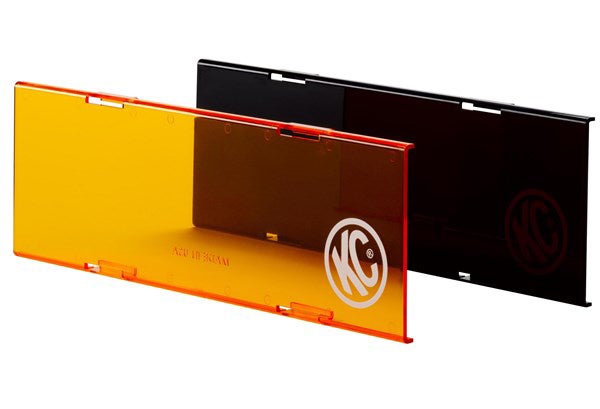
For this reason, many modern manufacturers make removable lenses for their fog lights and light bars. Snap on the blue if you’re running through the desert, the yellow if through the snow. Off-roaders, after all, enjoy both. And since every eye is different, yours may react differently to the different lenses. With a setup like that, you can try them out or mix and match.
So despite what you may read online, yellow fog or driving lights can actually improve a night drive, especially in bad conditions. Not because they have a greater range or penetrate fog to a greater degree, but because yellow light is easier for our eyes to process, providing better definition.
For more about lighting, check out our complete !!!error: Indecipherable SUB-paragraph formatting!!! and our !!!error: Indecipherable SUB-paragraph formatting!!! , and make sure to get your mods done before winter.

This post originally appeared on !!!error: Indecipherable SUB-paragraph formatting!!! , which explains why it reads like a brochure. Also, the only pics I’ve ever taken of yellow headlights were on Porsche race cars, so that’s cool, I guess.
 jimz
> Andy Sheehan, StreetsideStig
jimz
> Andy Sheehan, StreetsideStig
11/01/2016 at 11:48 |
|
I’ve tried to use Daniel Stern’s website to beat some sense into the “lol I want awesome OMG blue headlights” idiots on other forums, but they have a pretty strong defense against the truth.
 EL_ULY
> Andy Sheehan, StreetsideStig
EL_ULY
> Andy Sheehan, StreetsideStig
11/01/2016 at 11:48 |
|
YES!!!!! Not pictured, yellow high beams as well >:)
Group B all the things!

 Rainbow
> Andy Sheehan, StreetsideStig
Rainbow
> Andy Sheehan, StreetsideStig
11/01/2016 at 11:50 |
|
There are perhaps two main reasons people prefer yellow fog lights to the standard clear. The first is that they’re a nice homage to endurance racing, which requires cars of certain classes to have yellow headlights, which differentiates them from faster cars. So, yellow lights because racecar.
Fun fact! The reason the GT-class cars have yellow lights is actually a leftover relic from the days when France required road-going cars to have yellow headlights. Since these cars were based on road cars, they needed yellow lights at Le Mans as well. And it’s just stuck around ever since, with the added bonus of helping to differentiate classes.
 Andy Sheehan, StreetsideStig
> Rainbow
Andy Sheehan, StreetsideStig
> Rainbow
11/01/2016 at 11:51 |
|
I have heard of the French Yellows, but didn’t know that it carried over to Le Mans. Neat!
 adamftw
> Andy Sheehan, StreetsideStig
adamftw
> Andy Sheehan, StreetsideStig
11/01/2016 at 11:51 |
|
I didn’t read it. I just answer yes.

 Rainbow
> Andy Sheehan, StreetsideStig
Rainbow
> Andy Sheehan, StreetsideStig
11/01/2016 at 11:53 |
|
Yeah, it’s really cool. I just wish I could link to a source for this, though... I heard it over the track-side radio at the Petit Le Mans one year, but it never made it into any broadcast or anything.
 Andy Sheehan, StreetsideStig
> adamftw
Andy Sheehan, StreetsideStig
> adamftw
11/01/2016 at 11:54 |
|
Oh, I can’t wait for this. Need snow. NAO.
 MasterMario - Keeper of the V8s
> Andy Sheehan, StreetsideStig
MasterMario - Keeper of the V8s
> Andy Sheehan, StreetsideStig
11/01/2016 at 12:06 |
|
I know right. We haven’t even had our first frost yet in Milwaukee and it doesn’t look like we will for at least another week.
 jimz
> Andy Sheehan, StreetsideStig
jimz
> Andy Sheehan, StreetsideStig
11/01/2016 at 12:26 |
|
And yes, I’m a believer.
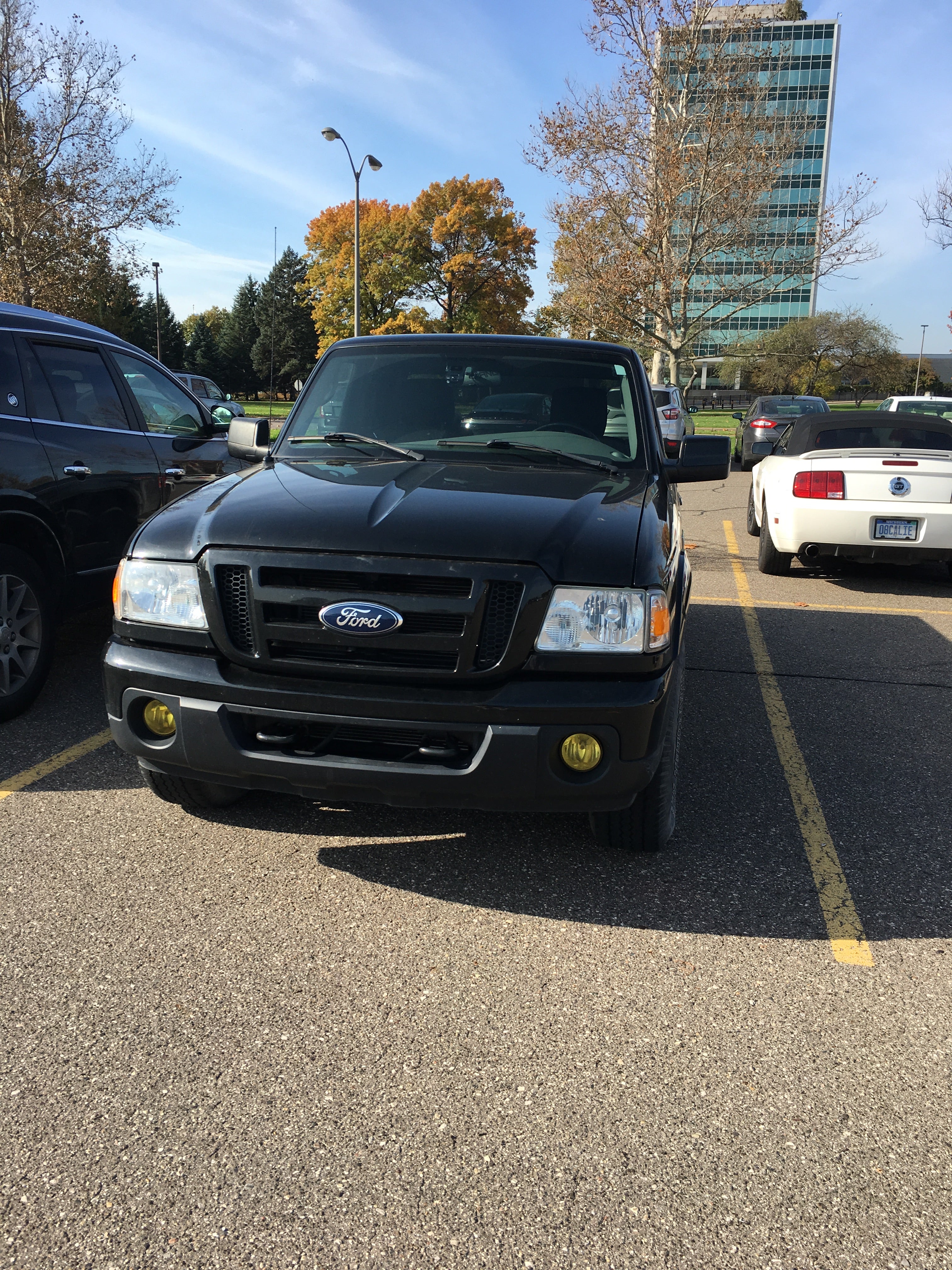
 Andy Sheehan, StreetsideStig
> MasterMario - Keeper of the V8s
Andy Sheehan, StreetsideStig
> MasterMario - Keeper of the V8s
11/01/2016 at 12:30 |
|
Same here in Kansas City. I just want something to kill the Oak Mites.
 Berang
> Andy Sheehan, StreetsideStig
Berang
> Andy Sheehan, StreetsideStig
11/01/2016 at 12:34 |
|
I think the answer can be put even more simply. Snow and fog are white. If you shine white light on them, there’s not much contrast. Shine yellow light on them and there is.
Also yellow bulbs and lights look cool.
 Tim
> Andy Sheehan, StreetsideStig
Tim
> Andy Sheehan, StreetsideStig
11/01/2016 at 12:40 |
|
Yes, because of yes.
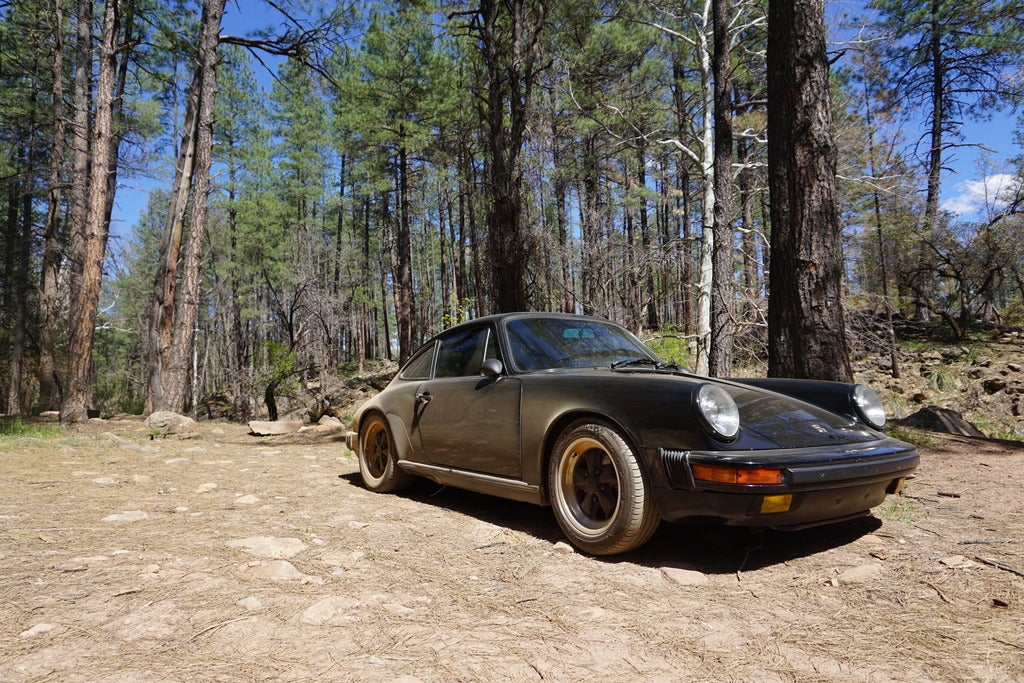
 JRapp: now as good as new again
> Andy Sheehan, StreetsideStig
JRapp: now as good as new again
> Andy Sheehan, StreetsideStig
11/01/2016 at 12:53 |
|
Yes, yellow fogs are better. This from personal experience. I used to drive the I5 corridor from Portland to Seattle on a weekly basis for a few months there, and once I switched to yellow fogs, driving in the rain and fog definitely got less stressful.

 SWITAWI
> Andy Sheehan, StreetsideStig
SWITAWI
> Andy Sheehan, StreetsideStig
11/01/2016 at 12:58 |
|
Very cool, thanks for this share.
I was fascinated when I the first time I saw LightForce’s use of different color filters for different conditions...

I’ve been liking the look of PIAA’s ‘Ion-Yellow’ lamps lately.
 BobintheMtns
> Andy Sheehan, StreetsideStig
BobintheMtns
> Andy Sheehan, StreetsideStig
11/01/2016 at 16:50 |
|
I’m in Colorado.. it was pushing 70+ degrees yesterday.......
It was in the 80's for a day or two last week.....
 Andy Sheehan, StreetsideStig
> BobintheMtns
Andy Sheehan, StreetsideStig
> BobintheMtns
11/01/2016 at 16:53 |
|
I’m moving to the moon.
 SilentButNotReallyDeadly...killed by G/O Media
> Andy Sheehan, StreetsideStig
SilentButNotReallyDeadly...killed by G/O Media
> Andy Sheehan, StreetsideStig
11/01/2016 at 18:21 |
|
No idea. We only get about two mornings of fog per annum where I am. So, even though I do have Lightforce spotlights and can get yellow filters for them, it’s not even worth the cost of experimentation to find out if ‘better’ is either a) a thing or b) wishful thinking.
 bmil128
> Andy Sheehan, StreetsideStig
bmil128
> Andy Sheehan, StreetsideStig
11/01/2016 at 19:44 |
|
I went with yellow PIAAs for the visibility and to not try and match my HIDs
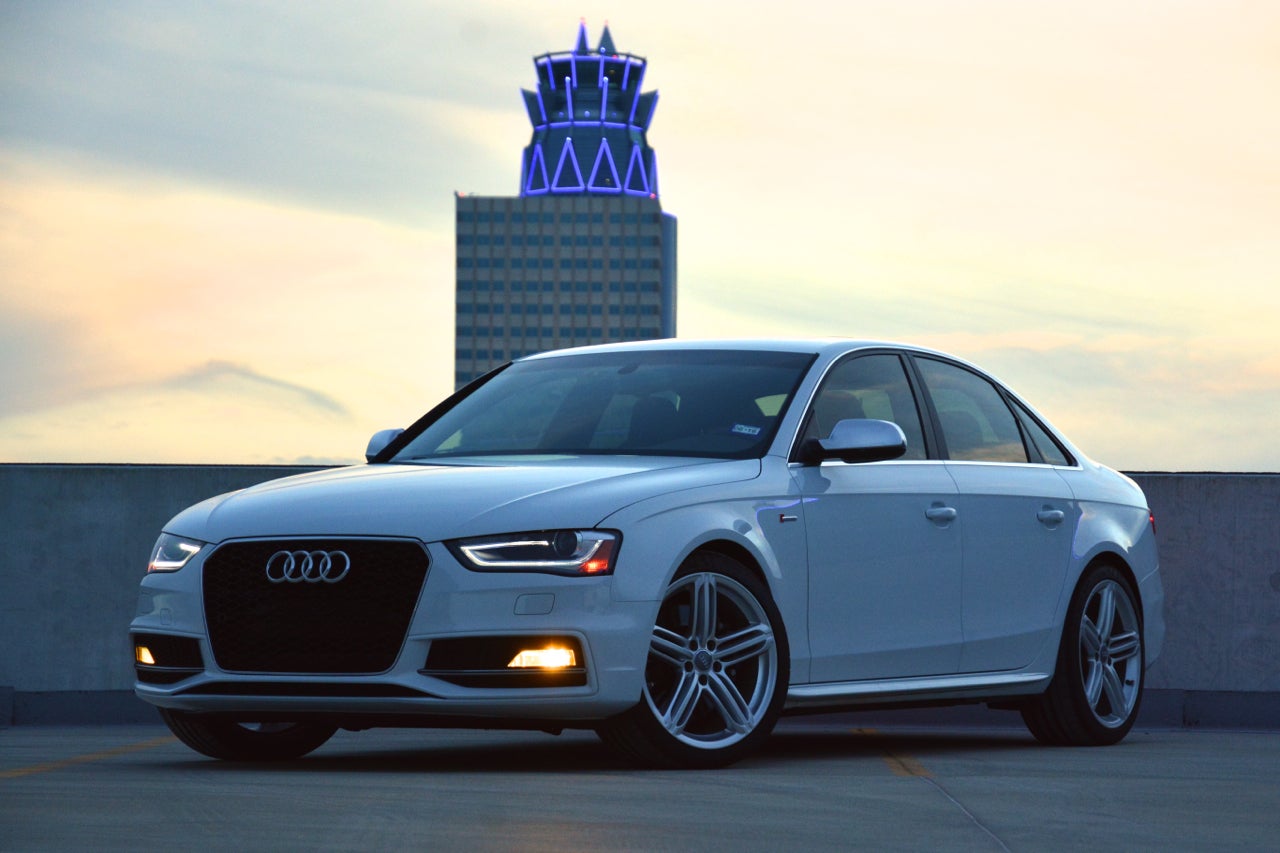
 Nimbus The Legend - Riding on air like a cloud
> Andy Sheehan, StreetsideStig
Nimbus The Legend - Riding on air like a cloud
> Andy Sheehan, StreetsideStig
11/01/2016 at 20:14 |
|

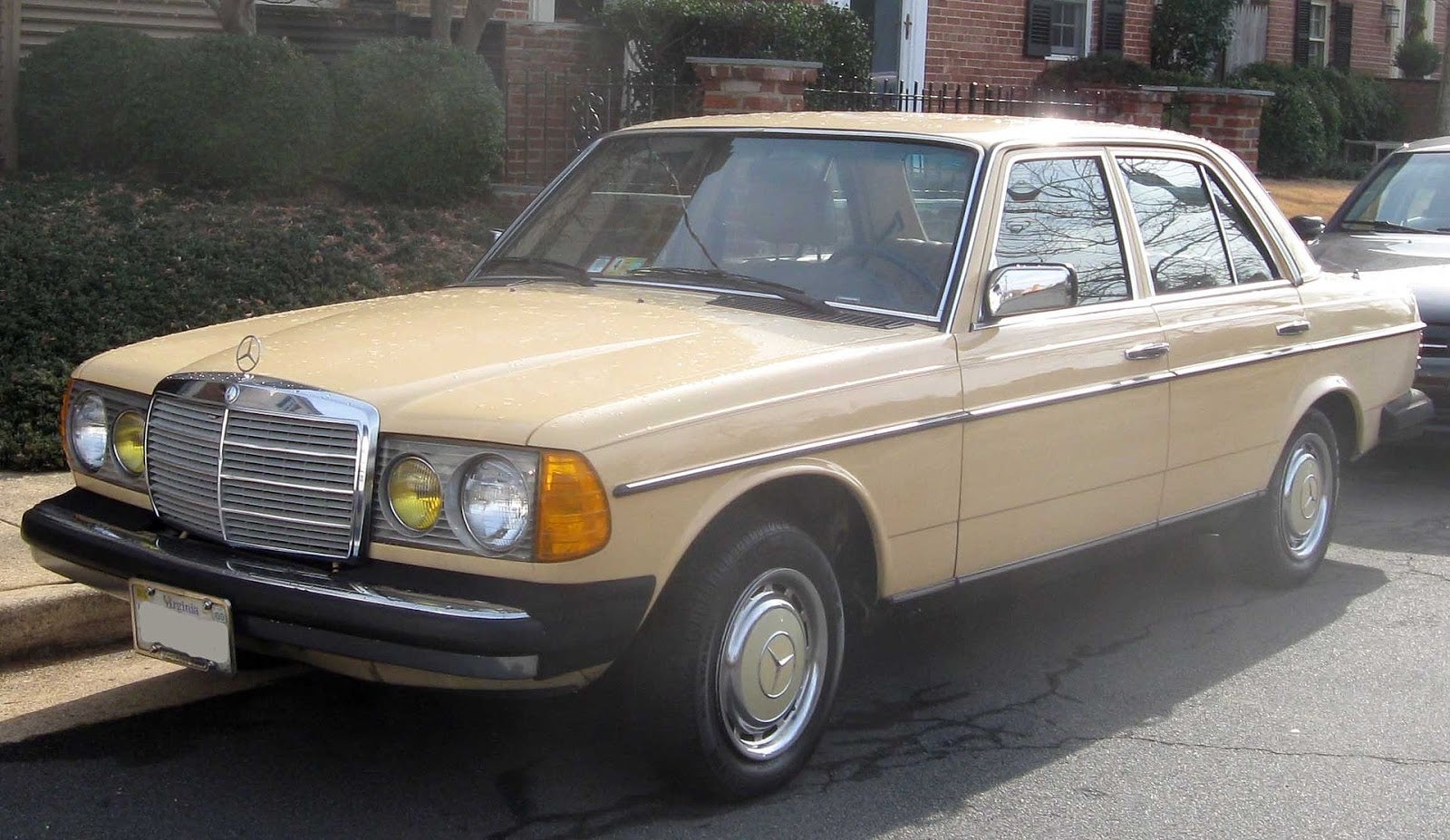
There is a reason MBZ and others had yellow fogs as standard equipment in Europe and exported...
 Nauraushaun
> Andy Sheehan, StreetsideStig
Nauraushaun
> Andy Sheehan, StreetsideStig
11/02/2016 at 02:24 |
|

The answer is yes. People pay for this look. My stock JDM has it built in :D